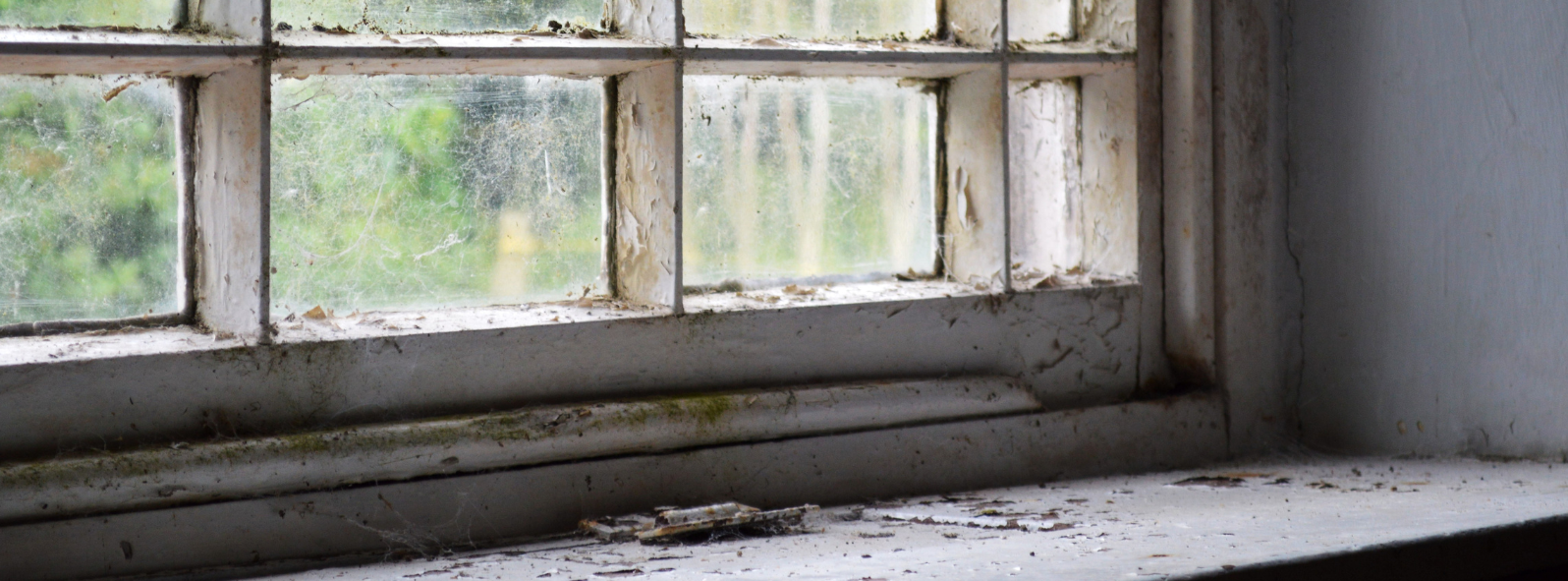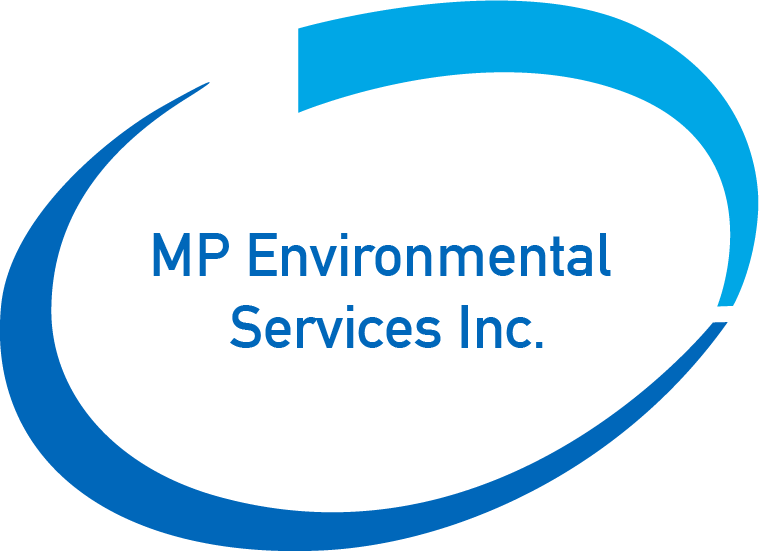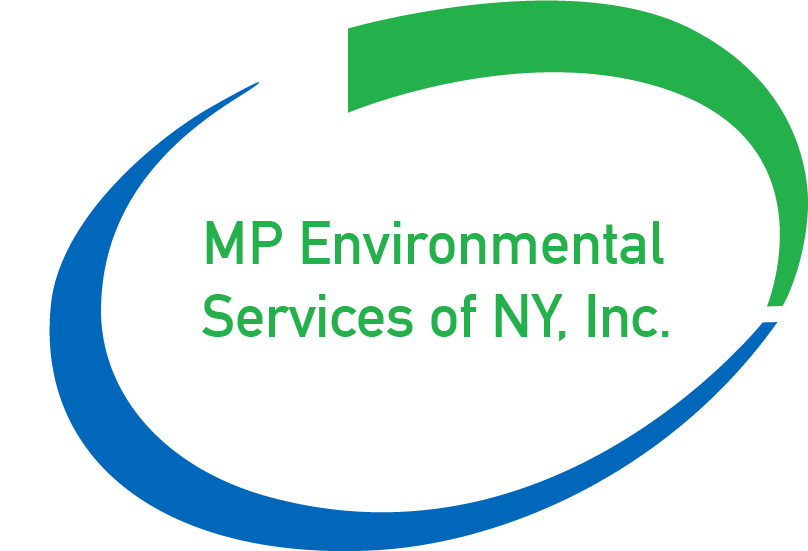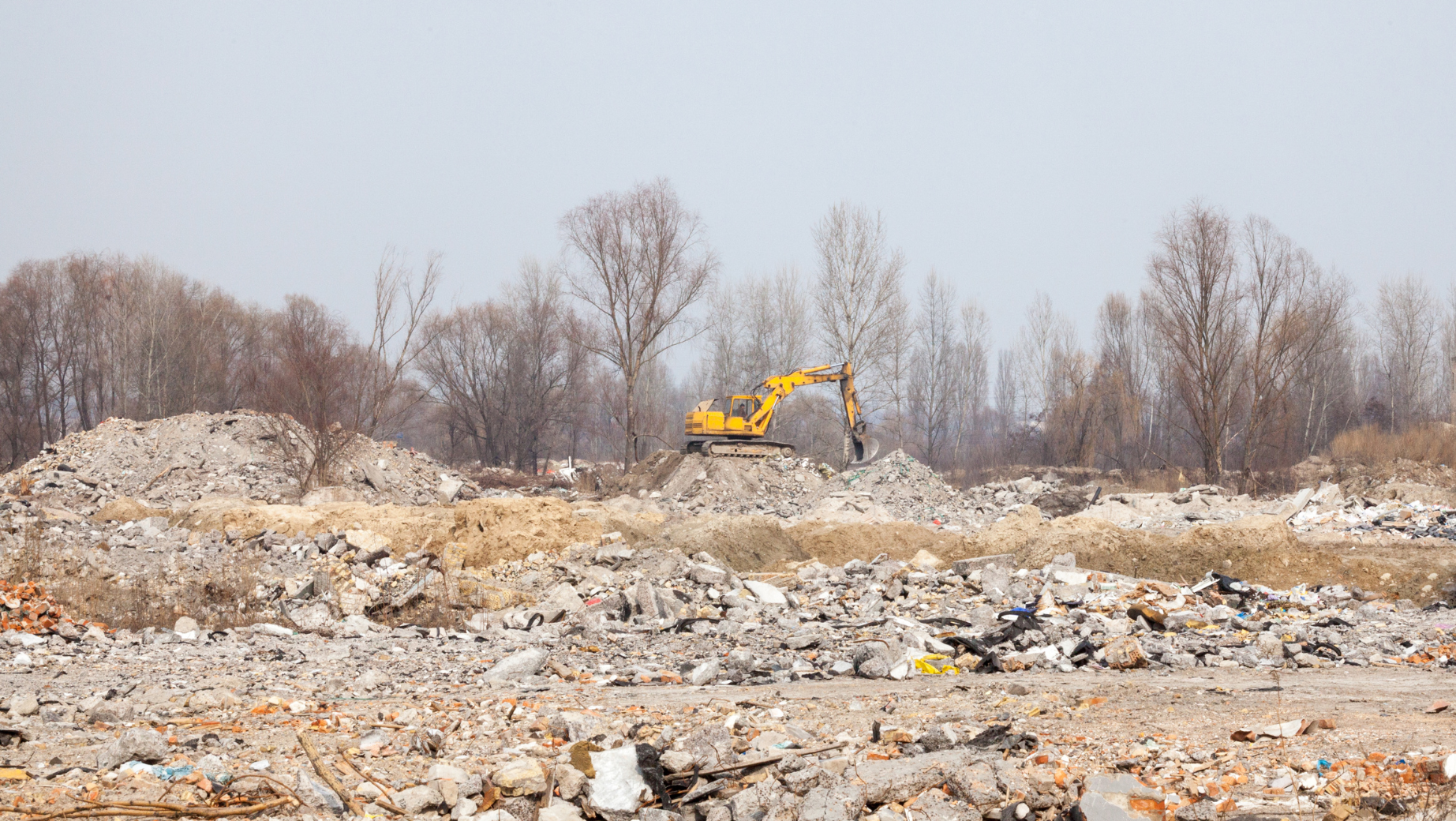The Health Effects of PCB Exposure and the Necessity of Abatement

Understanding PCB Exposure:
Health Risks and the Importance of Abatement
Polychlorinated biphenyls (PCBs) are a group of man-made chemicals that have been used in various industrial and commercial applications due to their non-flammability, chemical stability, and insulating properties. However, their widespread use and environmental persistence have led to significant health and environmental concerns. The health effects of PCB exposure are well-documented and underscore the necessity of effective abatement strategies to protect both human health and the environment.
Health Effects of PCB Exposure
Exposure to PCBs can occur through ingestion, inhalation, or dermal contact. Once in the body, PCBs can accumulate in fatty tissues and persist for long periods, leading to chronic health issues. The most common health effects associated with PCB exposure include:
- Cancer: PCBs are classified as probable human carcinogens by the Environmental Protection Agency (EPA). Long-term exposure to PCBs has been linked to an increased risk of several types of cancer, including liver, skin, and pancreatic cancer.
- Immune System Damage: PCBs can suppress the immune system, making individuals more susceptible to infections and diseases. This immunotoxic effect can result in reduced immune response and an increased risk of autoimmune disorders.
- Reproductive and Developmental Issues: PCBs can adversely affect reproductive health, leading to reduced fertility, spontaneous abortions, and developmental problems in children. Prenatal exposure to PCBs has been associated with low birth weight, developmental delays, and cognitive impairments.
- Endocrine Disruption: PCBs can interfere with the endocrine system, which regulates hormones in the body. This disruption can lead to thyroid disorders, diabetes, and other metabolic issues.
- Neurological Effects: Chronic exposure to PCBs has been linked to neurological problems, including cognitive deficits, memory loss, and behavioral changes. Children exposed to PCBs may experience developmental delays and lower IQ scores.
The Necessity of Abatement
Given the severe health risks associated with PCB exposure, abatement and proper management of PCB-contaminated sites are crucial. Abatement involves identifying, removing, and safely disposing of PCBs to reduce exposure and prevent further environmental contamination. Here are some key reasons why PCB abatement is necessary:
- Protecting Public Health: Effective abatement reduces the risk of PCB exposure, thereby protecting communities from the adverse health effects mentioned above. This is especially important for vulnerable populations, such as children and pregnant women.
- Environmental Protection: PCBs are persistent environmental pollutants that can contaminate soil, water, and air. Abatement efforts help prevent the spread of PCBs in the environment, protecting ecosystems and wildlife.
- Regulatory Compliance: Many countries have strict regulations regarding PCB management and disposal. Abatement ensures compliance with these regulations, avoiding legal liabilities and potential fines.
- Long-term Cost Savings: Proactive abatement and remediation of PCB-contaminated sites can be more cost-effective in the long run compared to dealing with the health and environmental consequences of ongoing exposure.
The health effects of PCB exposure highlight the critical need for thorough and effective abatement strategies. By prioritizing PCB abatement, we can safeguard public health, protect the environment, and ensure compliance with regulatory standards.





